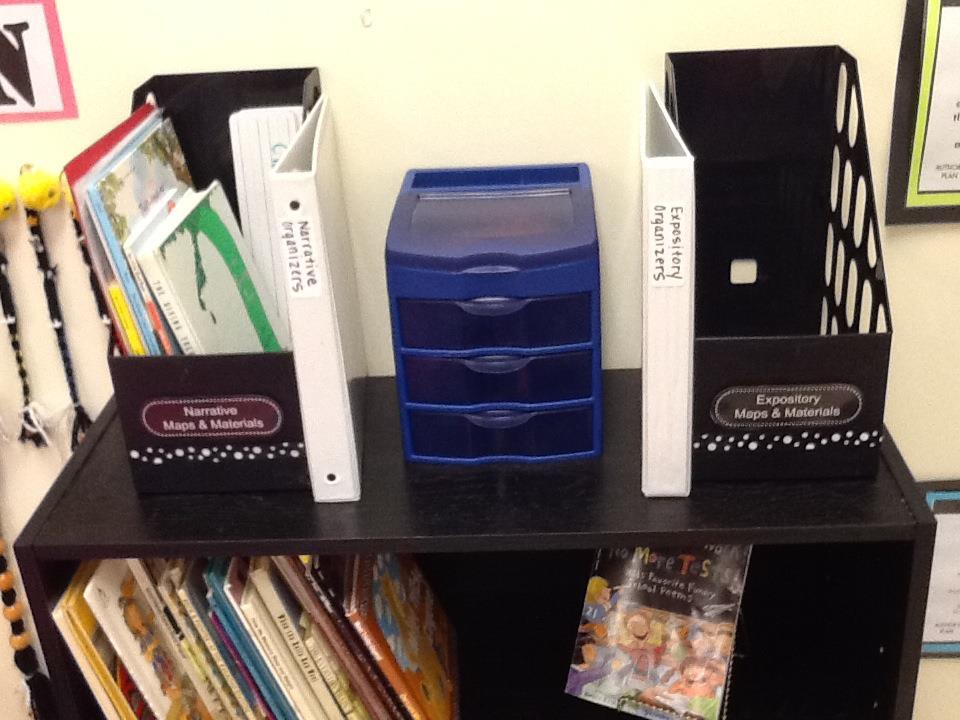I was kind of anxious to begin but once I got into it I really flew through them and it wasn't as bad as I thought it would be! I used the book Big Al by Andrew Clements for my retelling portion of my assessment.
This is the example they use in the SGM manual so it was nice to already have the Complete Episode mapped for me. Plus they give tons of examples of kids at different stages/levels using that book so it was very helpful for my first time doing this assessment!
To obtain the retelling sample, I first recorded myself reading the story on my iPad so I didn't have to reread it with each student. I just met with the student one-on-one and played the recording while showing the pictures as if I was reading it. After reading the entire story (took about 3.5 minutes), I asked the student a series of factual and inferential comprehension questions (found in the SGM manual) and then had the student retell the story back to me. I recorded their retelling on my iPad for later transcription and analysis. This entire process took about 10-15 minutes per student. After completing all of the retellings, I transcribed every sample. This was the time consuming part but honestly it didn't take as long as I thought and it was so worth it because I learned so much about my students and their narrative language skills! Examples of transcriptions are also in the Data Collection manual. When I was done transcribing, I labeled each sentence/utterance with the story grammar element it corresponded to (Character, Setting, Kick Off, Feelings, Plan, Actions/Attempts, Tie Up, Resolution). I labeled it by adding a Comment box on Microsoft Word program.
Here are 2 examples of my transcriptions with Comments:
Oral Retelling Sample 1 (Action Sequence Level)
Oral Retelling Sample 2 (Abbreviated Episode Stage)
In addition to the story retelling, I also wanted a story formulation sample. This is not 100% necessary but I found it to be useful when a student was between developmental narrative stages. I found a picture from the Test of Narrative Language on Google Images and just projected that onto the SmartBoard.
I told the student to make up a story that goes along with this picture. I reminded them that stories have a beginning, a middle, and an end. I said to tell me the best story they can that goes with that picture. As I said, it isn't required to do both the retelling AND story formulation but when I was going back and forth between stages for a particular student, I just looked at their story formulation sample and it usually helped my decision.
The last thing I did was an expository sample. Examples of this type of assessment is also in the Data Collection and Progress Monitoring manual. This one was super quick. I picked out a short paragraph that corresponded to one of the 7 expository text structures (Descriptive, Compare/Contrast, List, Sequence, Cause/Effect, Problem/Solution, and Persuade) depending on their grade level. My third graders listened to me read a Cause/Effect paragraph, while my 4th and 5th graders listened to me read a Problem/Solution paragraph. Example paragraphs are in the Core of the Core manual by Mindwing Concepts. After I read the short paragraph, I had them retell it back to me. I recorded their retellings for this too. I was basically checking to see if they were able to identify the author's purpose and tell it back in a format that reflected that purpose. The Data Collection manual really explains the purpose of expository assessment and why it's so important.
After all 3 of these assessments were completed, I was able to record all of the data on the forms provided in the Data Collection manual and put them in each students' Assessment File. I have a manila folder labeled "Student's Name Assessment File" in each students IEP hanging file in my file cabinet. This is where I keep the informal assessments I administer through out the year.
I make sure to have a little conference with each student to discuss their results so they know exactly where they are in terms of their narrative development. These results are what goes up on my Data Wall. Each student has an individual number which goes on a little post-it note then onto the Data Wall.
All of the students' IEP goals are based off of the results of the narrative/expository assessments. This is also what drives the objectives of my therapy sessions. Tons of example IEP goals are listed in the Data Collection manual. I will do a separate post about IEP goals and Present Levels related to the SGM program.
Hope this makes some sense!






















